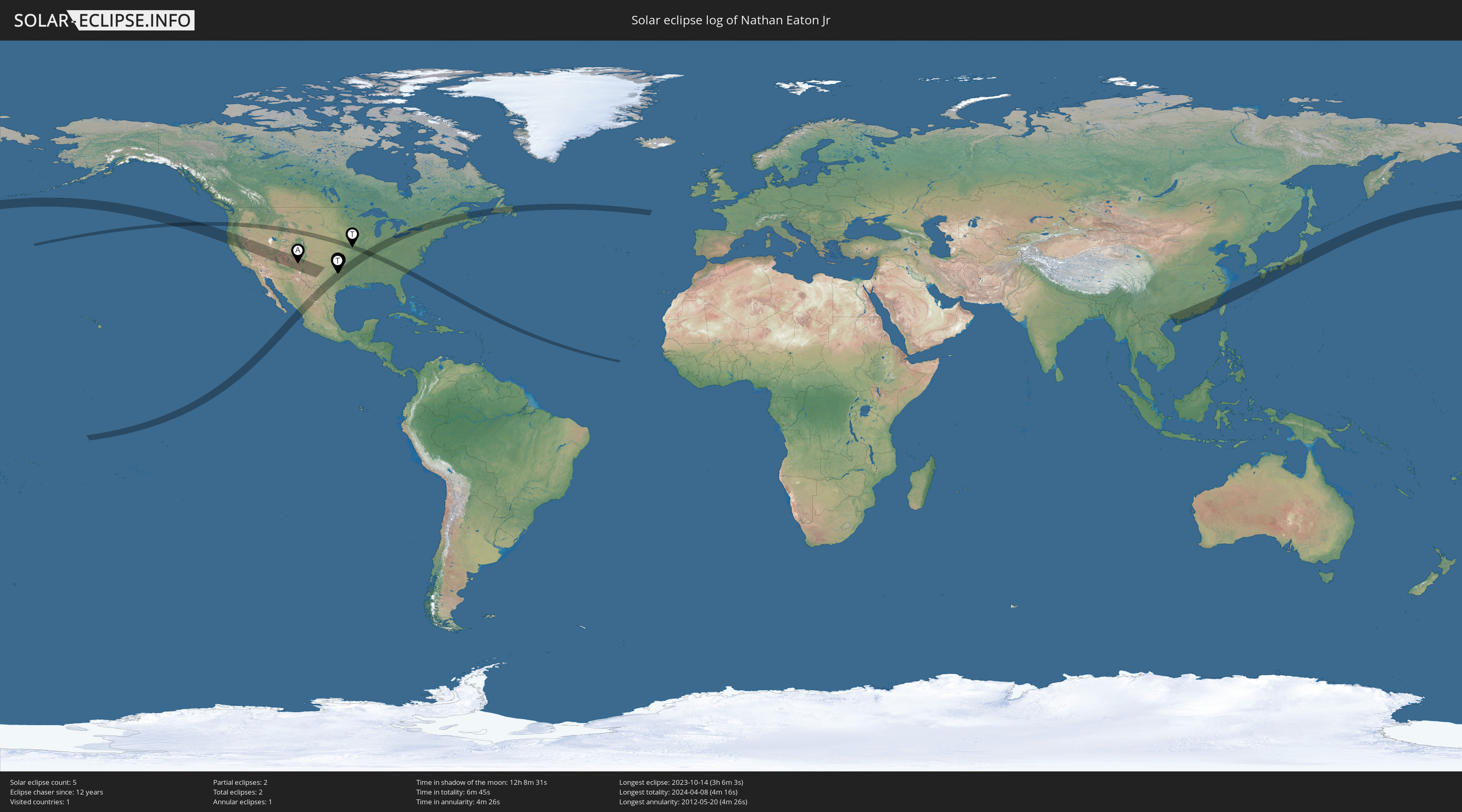As covered in previous posts, late last year I discovered a product called the Solarcan, a pinhole camera created using an aluminum can with a small hole in the side and photographic paper inside, all to capture long-period exposures (weeks, months, years) of the Sun as it moves across the sky each day, images called solargraphs.
Here is an example from the Solarcan Gallery:
I bought a five-pack of Solarcans in December and used one to shoot a sample shot to share with my grandkids; see Phase 1 post. I gave the other four to them as Christmas gifts.
Last week, we visited our son Brian, his wife Amber and grandkids Olivia and Owen. At 16 months old, Owen isn't quite ready for solargraphy so didn't get a Solarcan this time but Olivia and I spent time during our visit planning and installing hers.
While Jack and Harper (last post) live in a rural setting, Olivia's family lives in the burbs. They have a new patio and it is where she, Owen and their Dachshunds, Oliver and Dash, love to play. It happens that their house faces almost due north so we installed Olivia's Solarcan on the front fence facing due south with their patio centered in the view. Here is an arial view with current directions for sun rise (yellow line) and sun set (orange line).
Installed this way, over the coming months the sun should trace arcs from left to right, from above their fence across the sky to their roof with the side yard and patio centered in the view. Each day the sun will trace an arc a little higher until we get to the summer solstice after which the arcs traced will be lower and lower. Here is the view from Olivia's installed Solarcan.
Similar to the case with Harper's and the gallery example above, with some trees in view on the left, there should be some gaps in the solar paths across the image where branches block the light, adding an interesting twist to the solargraph when it is done.
But the trees won't be the only reason for gaps. Notice the other gaps in the tracks of the sun in the gallery example? Any idea what those are from?
You guessed it: cloudy days. Naturally, we can't capture the light of the sun on days when it's not visible!
When will we find out what Olivia's finished solargraph looks like? Our plan is to leave it up about 6 months but since we didn't get hers up until almost two months after the winter solstice, the lower tracks left by the sun won't be as low as they could have been. If she is patient, perhaps hers can stay up for a full year in which case there will be arcs of the sun across her solargraph from as low as the sun gets in the winter to as high as it gets in the summer!
I'll post the results later this year so stay tuned...

























No comments:
Post a Comment